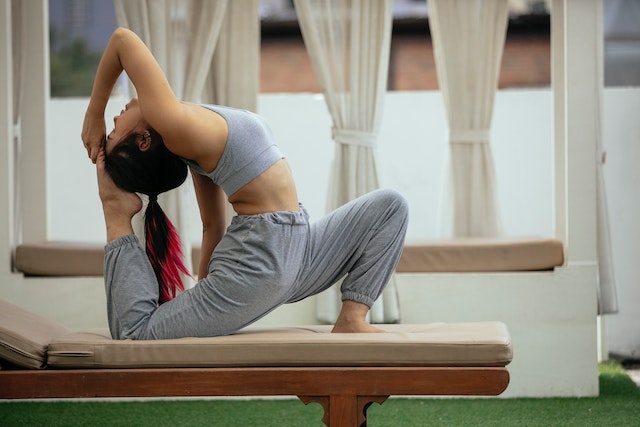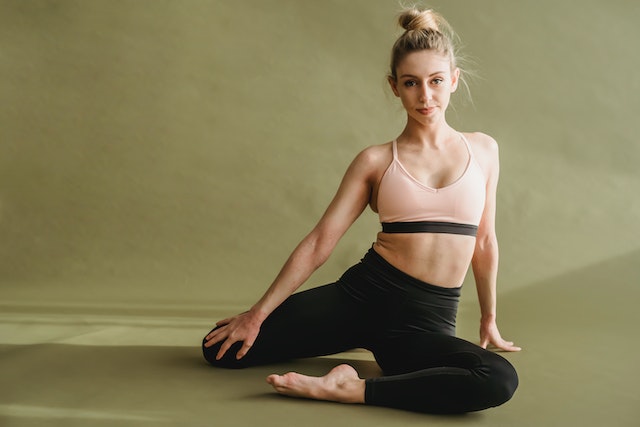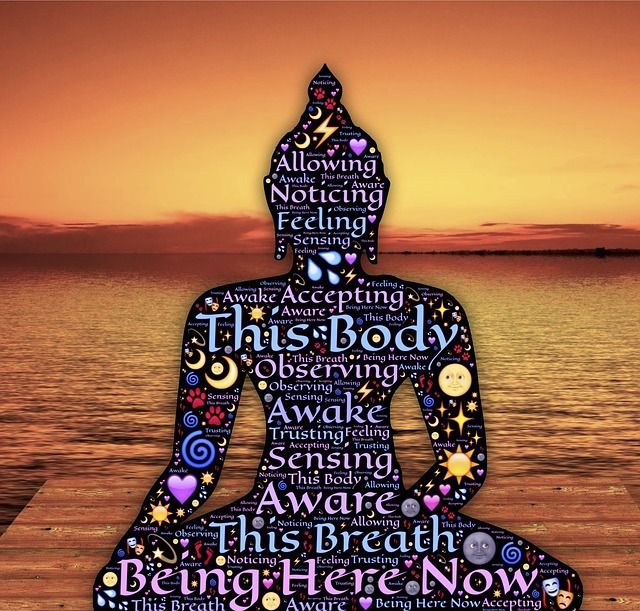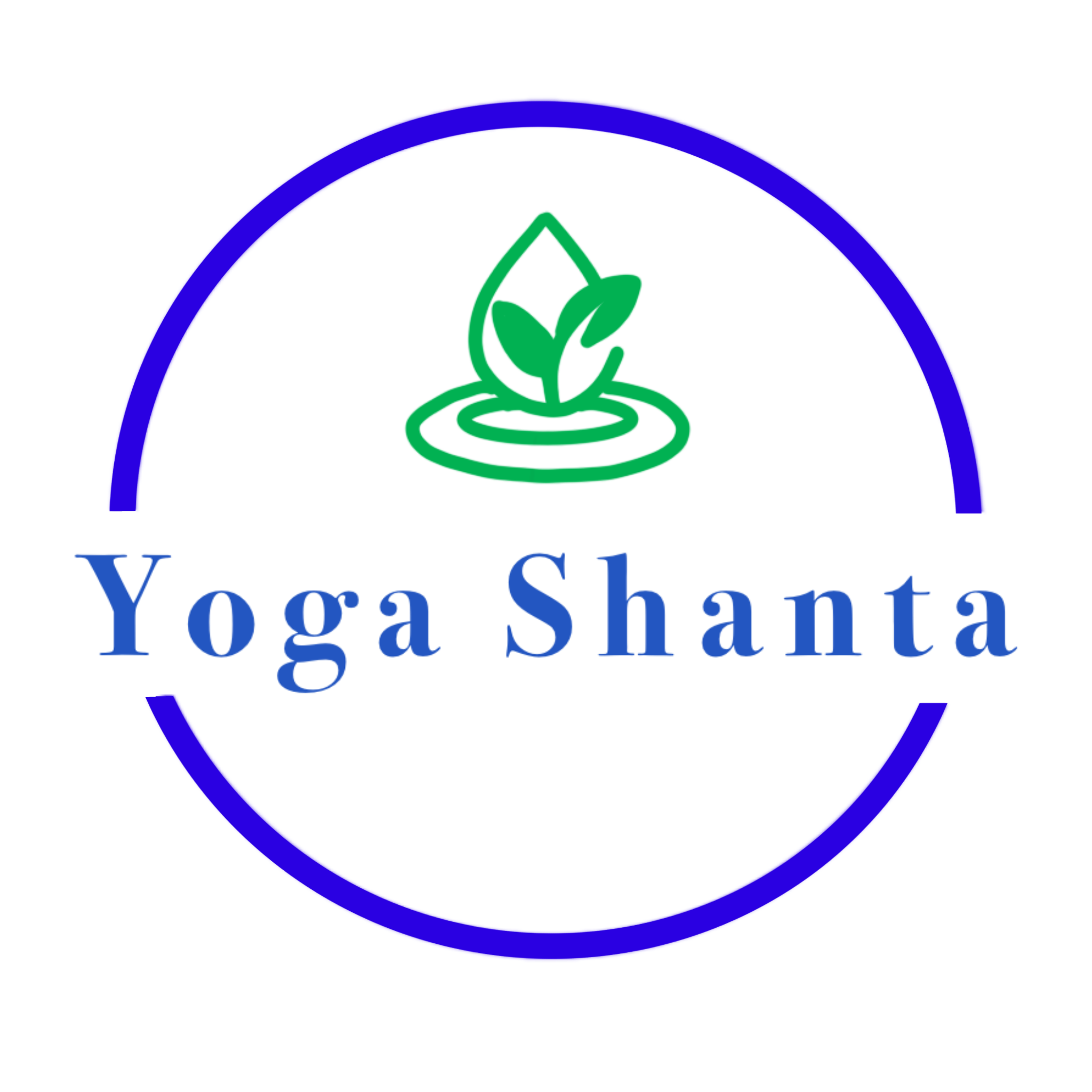
Many of us believe that being truthful equates solely with honesty. In other words refraining from telling lies or falsehoods to others. But what if living truthfully goes way beyond this? What if it also includes being honest with ourselves, moving out of a place of self delusion or avoidance and instead being able to face any situation, thought or emotion fully?
Our human mind is both a blessing and a curse. In our external world, it has allowed us to be superbly creative and innovative in the world of the arts, sciences, medicine, language acquisition and invention. But in our inner world, it also allows for each of us to delude ourselves on a daily basis that we are ‘this’ or ‘that’ and to write our scripts and our stories based on our conditioned filters and biases.
We all believe in our individual truths, our version of reality. Operating from ego, we all believe we have a ‘right’ to our story which we see as being ‘valid’. And from the perspective of our small self, from our ego, this can be deemed as being ‘true’. We can even allow for paradoxes and contradictions to arise within versions of the same narrative told by differing perspectives within a group for example a family unit and we can say that all these versions are ‘true’. Which again taken from the perspective of ego, of course they are.

Satya
In the world of Yoga, the second Yama or core priniciple that underpins the practice is Satya which translates as Truth. The word ‘sat’ literally translates as ‘true essence’ or ‘true nature’, something that is constant and unchangeable or pure. Taken from this viewpoint, we see that Truth can be deemed as far more wide reaching than merely ‘not lying.’ Truth is actually about living authentically moment by moment which means facing and being open to whatever each moment brings as it arises no matter what it may hold. It means putting down our defences when things get tricky and instead taking a deep breath and staying with the fullness of each moment.
And this is where our Yoga practice can become a guide to authentic living. Instead of striving to achieve the ‘perfect’ posture, even though we know our skeletal structure or our current level of fitness or flexibility means we will end up in physical pain, we can instead let go of the need to achieve to succeed and instead slow down, take a breath and be true to our bodies perhaps doing a modified version of the shape or not even attempting it right now.
Authentic living
Satya invites us to go beyond the realms of ego alone, of ‘you’ and ‘me’, of self and other to the wider experience of Universal Truth. Where there are no defences, no layers of denial, no splits, no distortion. And no room for the conditioned mind. Just the purity of the moment no matter our feelings or attachment or aversion to it.
In short, Satya, Truth means living with courage and integrity. And for most of us, it’s really, really hard. It requires us to show up every day for ourselves and not be afraid to be seen. It involves a thorough and unflinching self examination and ownership of all conscious aspects of our being at any moment in time and being held accountable. It means learning how to be OK with being vulnerable and being wrong, facing our limitations and making peace with them. A tall order indeed. Perhaps in this way Satya can be seen more as an aspiration rather than anything else and one that we should not use to beat ourselves with but instead be used to develop more compassion and kindness for ourselves with. Satya invites us to be strong, open and compassionate to ourself as much as to others. To be as true to ourselves as possible and not to run from moments of conflict or ugliness or try to avoid emotional responses that are driven by fear. Satya invites us to stand in the fire and be resilient.


The wisdom of the breath
This is why the breath is such a great teacher on our mats. If we get into a pose but our breathing is strained or shallow, it’s an indicator that our body really isn’t comfortable or happy here. If we can breathe with ease in a pose, if we can feel some level of relaxing or surrendering into it, then we are practicing with both Ahimsa and with Satya, with kindness and with truthful awareness. That is why it is so important to adapt your practice according to how you feel on any given day or at any given hour and listen to your body. Adapt your practice to suit your ever changing energy levels, accommodating and being accepting or times of injury or dis-ease, taking an opportunity to learn from these times rather than fight them. Practicing Yoga isn’t just about learning sequences of postures. It is a profound journey of self awareness and of spiritual Truth. As the teacher Erich Schiffman said,
“ Yoga is a way of moving into stillness in order to experience the Truth of who you are.”






